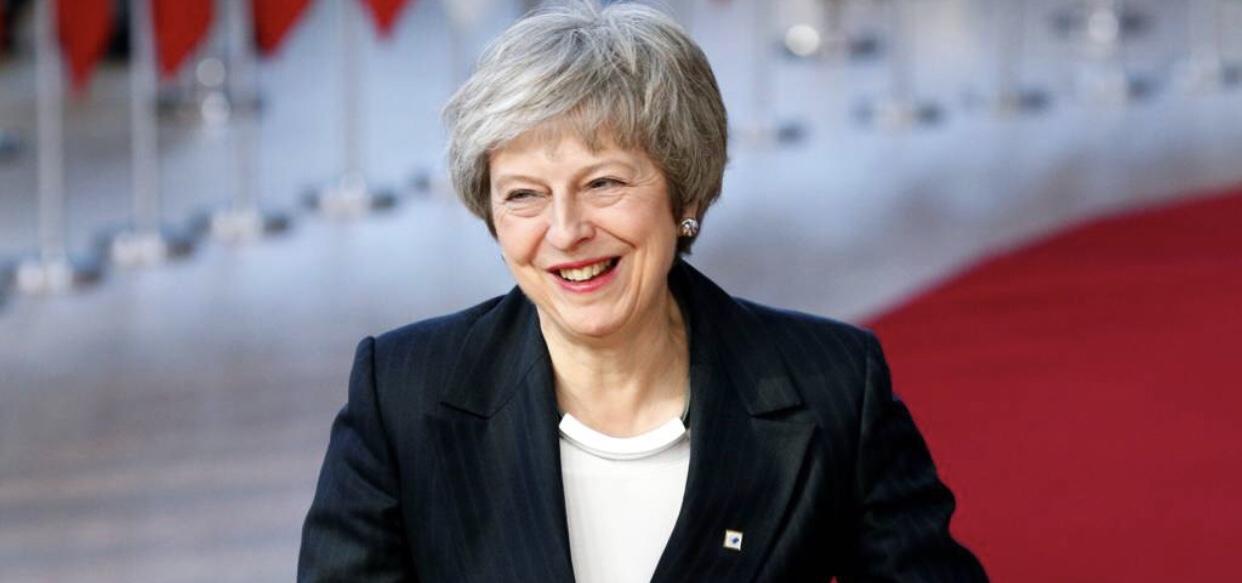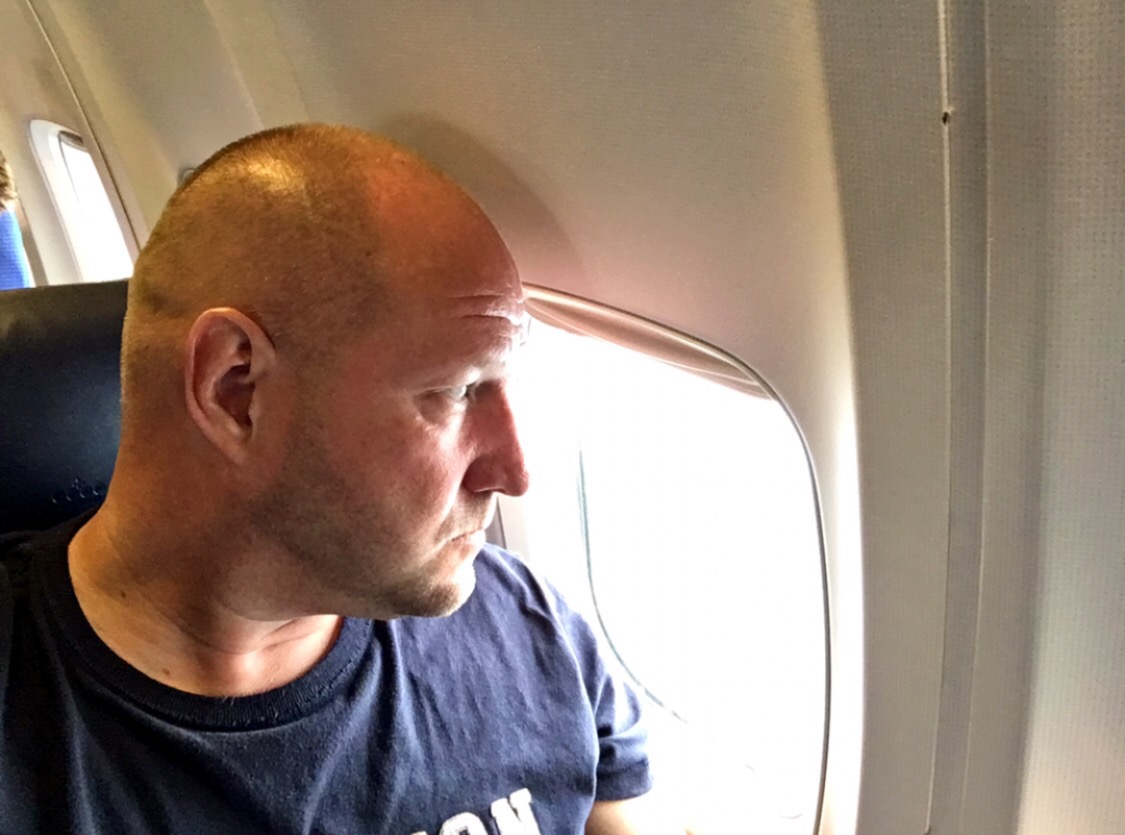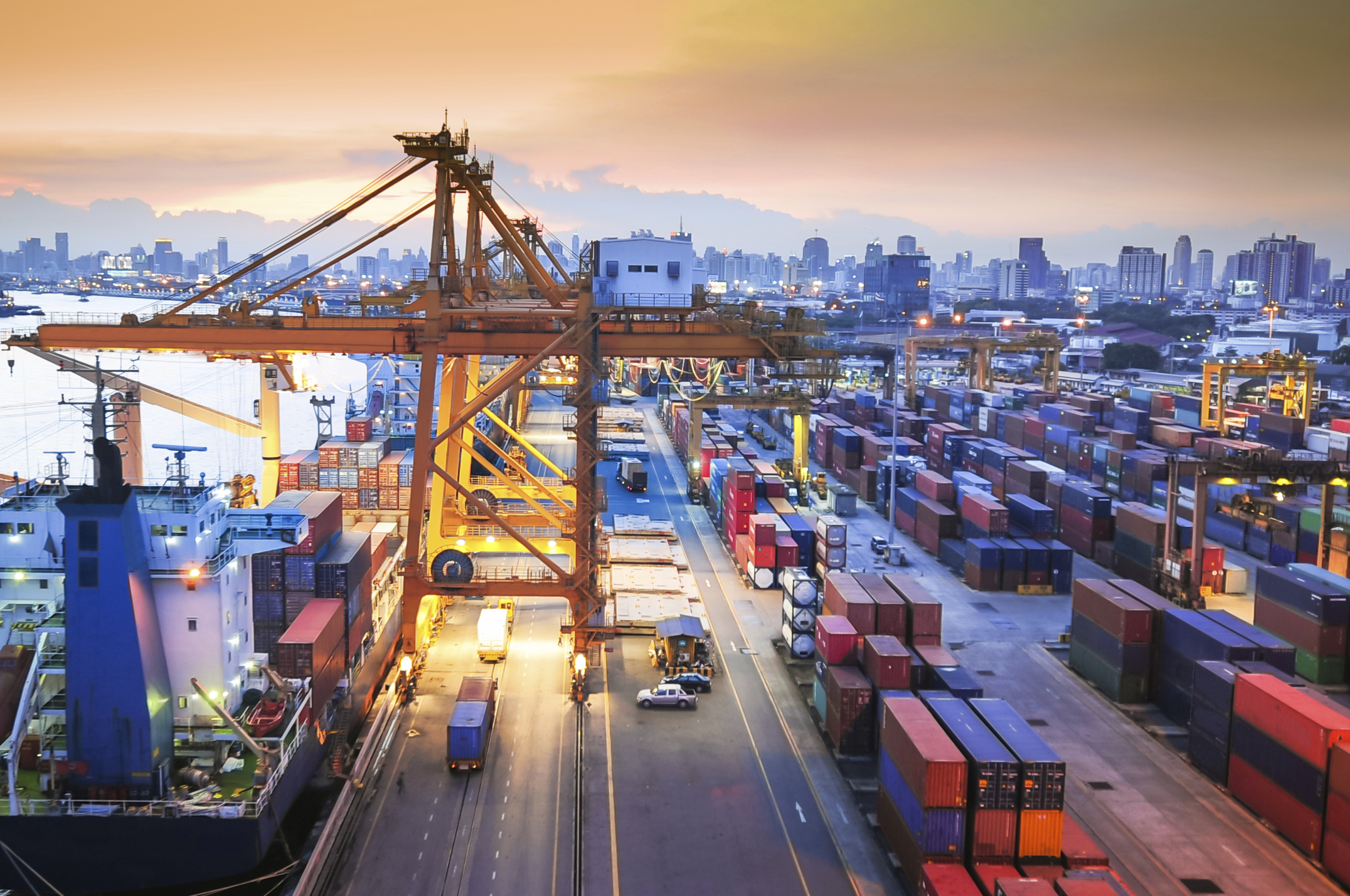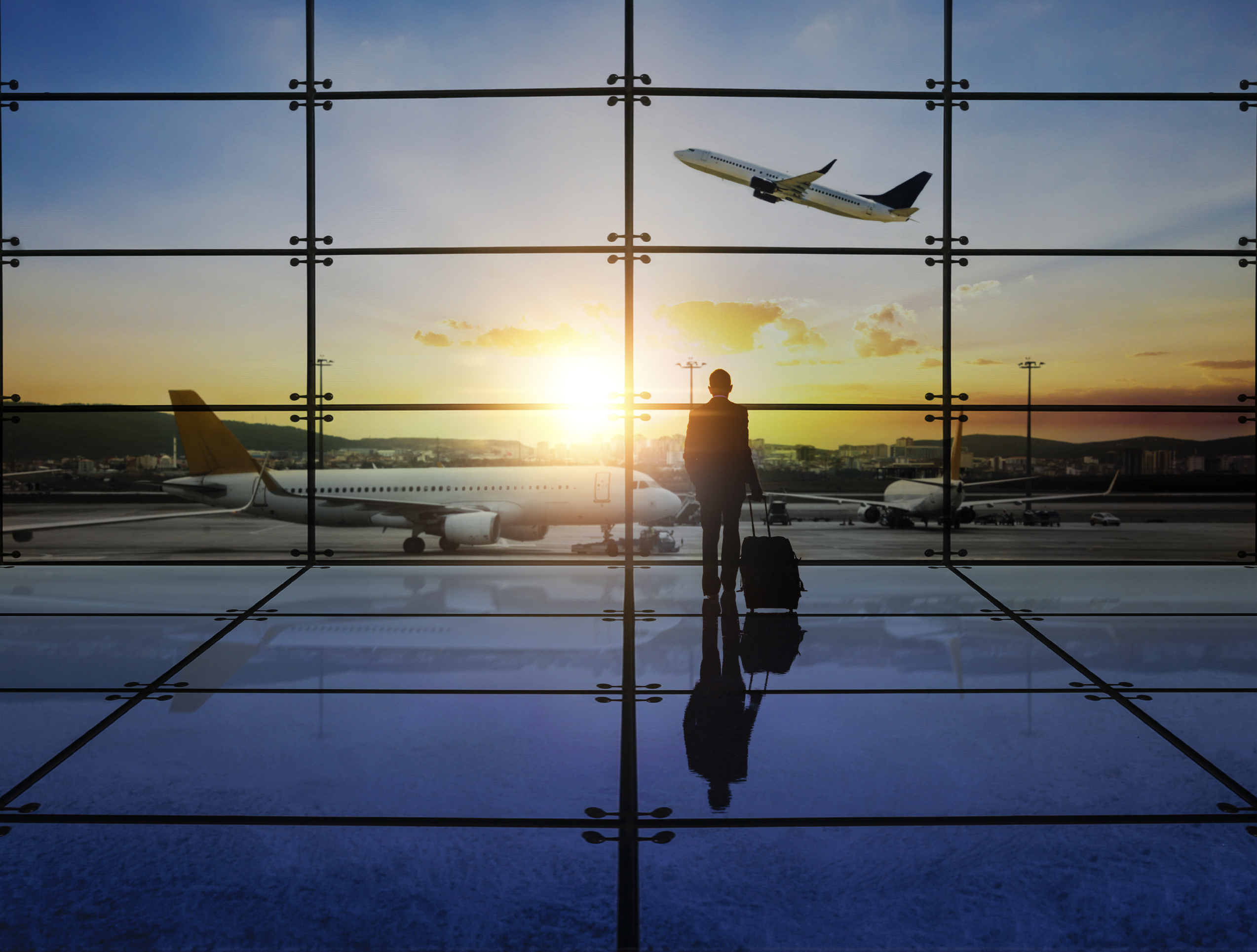As written before UK Government has announced the establishment of an Alternative Arrangements Working Group to take forward the ‘Malthouse Compromise’ proposals.

Its membership includes the European Research Group’s Steve Baker, Marcus Fysh and Owen Paterson and Remain-backing former Cabinet ministers Damian Green and Nicky Morgan, some of whom were of course involved in working up the plan.
Brexit Central has published an article to explain the Malthouse Compromise.
Read the article here: https://brexitcentral.com/malthouse-compromise-explained/
Theresa May has appointed three hardline Brexiteers to an official working group charged with finding “alternative arrangements” to replace the Northern Ireland backstop.

Brexiteers Steve Baker, Owen Patterson and Marcus Fysh will join Remainer former ministers Damian Green and Nicky Morgan in the working group which will meet for the first time on Monday.

“The government is establishing an Alternative Arrangements Working Group which will hold regular meetings with Steve Barclay, the secretary of state for exiting the EU. Officials from HMRC, Cabinet Office Europe Unit, Number 10 and other relevant departments will support this, and ministers will be able to commission advice from them,” Downing Street said in a statement on Sunday night.
Home secretary Sajid Javid said attorney general Geoffrey Cox would lead the government’s effort to secure a unilateral exit mechanism or a time limit to the backstop. The EU has ruled out both of those options and stated that adequate technological solutions to keep the Border open have not been developed.
Mr Javid said that Britain’s border control agency told him existing technology could avert the need for a hard Border.

“I asked Border Force months ago to advise me, to look at what alternative arrangements are possible, and they’ve shown me quite clearly you can have no hard border on the island of Ireland and you can use existing technology. It’s perfectly possible. The only thing that’s missing is a bit of goodwill on the EU side,” he said.
Tonight I will watch Super Bowl LIII. I love American football. I never miss it. I have several times travelled to United Dtates to see it there since it is maybe the biggest event of the year after Thanksgiving.

SB LIII is the final game of the season played between the two-time defending American Football Conference (AFC) champion New England Patriots and the National Football Conference (NFC) champion Los Angeles Rams to determine the champion of the National Football League (NFL) for the 2018 season.
The game is a rematch of Super Bowl XXXVI, in which the Patriots, led by second-year head coach Bill Belichick and back-up quarterback Tom Brady, defeated the heavily favored Rams, who played in St. Louis at the time, 20–17.
The game is played at the Mercedes-Benz Stadium in Atlanta, Georgia.

Ram is the favourite since America loves to hate New England Patriots.
Since I myself is. Denver Broncos man, and Patriots is our boogey team – I have to say that I hope for Rams to win.

However that is speaking from the heart, my brain says that the best quarterback in history will do it again. Will this be another victory for Tom Brady?






You must be logged in to post a comment.